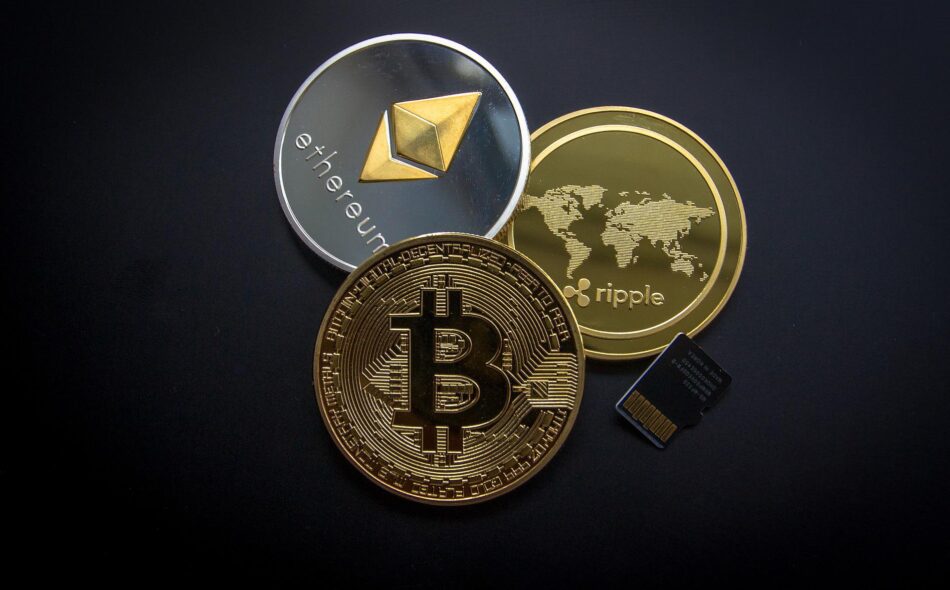- Wrapped crypto tokens are smart contracts representing locked collateral of the original asset on a separate blockchain
- They provide liquidity to a growing DeFi ecosystem
Wrapped crypto tokens such as wrapped bitcoin (wBTC) are smart contracts representing locked collateral of the original asset (i.e., BTC) on a separate blockchain. They are used to provide liquidity to a growing DeFi ecosystem.
Think of wrapped bitcoin like an IOU briefcase. But instead of paper representing a promise to pay your BTC back, inside is a live feed to a vault containing every bitcoin and outstanding wrapped bitcoin.
Quick facts
- DeFi needs cross-chain liquidity for global adoption.
- Wrapped tokens offer a solution.
- The mechanism of wrapping a crypto token requires 3 parties: merchant, custodian and investor.
- Wrapped tokens carry inherent liquidity- and market-contagion risks.
- The value of wrapped tokens is not necessarily equal to that of their original counterparts.
Why wrapped tokens are important to DeFi
Wrapped tokens offer a solution to a critical problem in DeFi: cross-chain liquidity. Think of each blockchain and its native token as a silo. Demand for that specific token is contingent on the applications built on that network.
DeFi (decentralized finance) and its complex credit and lending ecosystem needs immediate settlement technology that works across all blockchains. Without this technology, blockchains can’t benefit from the entire industry’s growth.
Wrapped tokens break down those silos by offering native tokens utility outside their blockchain. This innovation unlocks a flood of capital efficiency that enables diverse investment instruments across most chains.
How wrapped bitcoin works
All users access wBTC through third-party merchants such as AAVE and Maker. When a user requests wBTC in exchange, the merchant takes their BTC and sends it to BitGo, a custodian managed by the wBTC DAO (a decentralized autonomous organization).
In the previous analogy, the vault containing every bitcoin and wrapped bitcoin represents the custodian. Once BitGo receives the bitcoin from the merchant, it then mints the equivalent in wBTC — an ERC-20 token on the Ethereum blockchain. This token is a smart contract representation, or IOU briefcase, of the original bitcoin.
The custodian then sends the wBTC to the merchant, where the user finalizes the transaction. Typically, there aren’t any merchant fees in this transfer because they only charge fees for exchanging wBTC for BTC. The user will be responsible for any gas fees used in transferring wBTC on the Ethereum blockchain.
Because this exchange requires trust from multiple parties, BitGo partnered with Chainlink to provide an automated auditing system — similar to the direct live feed from the previous analogy. This auditing system is called proof of reserve.
Other dApps (decentralized applications) in the Ethereum ecosystem use this protocol to monitor BitGo’s balance sheet when accepting wBTC as collateral or exchange equivalency. If BitGo were to mint more wBTC than the BTC it holds in reserve, every application using Chainlink’s protocol would stop receiving wBTC.
What is the difference between a pegged and wrapped token?
The value of a pegged token or currency can be linked to that of another asset — digital or physical — using a variety of approaches. Because custodians link wrapped tokens to the value of other crypto assets, they fall under the pegged currency classification.
But they do not classify stablecoins such as USDT as a wrapped token because it pegs its value to the US dollar in off-chain cash reserves. And unlike wrapped tokens, these reserves are not audited through an automated protocol.
Is a wrapped token fundamentally the same as the original?
No: wBTC should not be considered a fundamental equivalent to BTC. This common misconception is why many lose money in liquidation crisis events. In the analogy, the value of the briefcase IOU depends on three things: the quality of the livesteam and the integrity of the vault and the briefcase holding it together.
Wrapped tokens, in this way, require three layers of trust that the original token doesn’t need. So, it may seem that the two have the equivalent value for a time. But in bearish markets, the perceived value of the wrapped tokens can drop faster than that of the originals. This is how wrapped tokens can lose their peg even though their balance is still 1:1.
The market-contagion risk of wrapped tokens
A crypto market contagion is a financial crisis spreading from one protocol or crypto sector to another. Contagion is more likely when participants distribute credit risks across institutions and markets.
So with wrapped crypto, increased capital efficiency also comes with an increased risk of contagion. For example, if one protocol managing collateral vaults fails, every other application using their wrapped token or ‘IOU briefcase’ is exposed to a potential liquidity crisis. This type of credit contagion has happened multiple times throughout the crypto cycles. They have been mainly associated with the collateral requirement failures of pegged stablecoins such as USDT and UST. Despite these previous episodes, we have yet to see a failure of a wrapped token vault audited by a proof-of-reserve protocol.
Get the day’s top crypto news and insights delivered to your inbox every evening. Subscribe to Blockworks’ free newsletter now.
The post Wrapped Crypto Tokens and Why They’re Critical to Markets appeared first on Blockworks.
